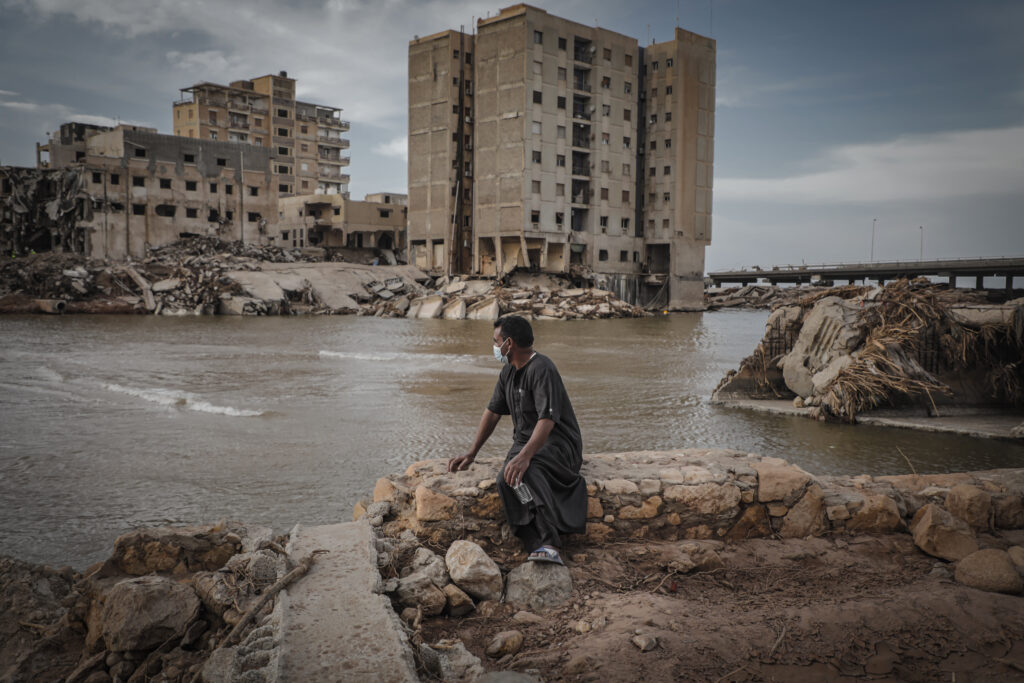A quarter of a million people affected by floods in Libya are in need of assistance while over $70 million is required to support them through December, said the United States Agency for International Development (USAID).
Storm Daniel made landfall over northeastern Libya on September 10, resulting in heavy rain and widespread flooding. Heavy rain and flooding prompted the collapse of the Abu Mansour and Derna dams in the coastal city of Derna.
4,352 people died and 8, 540 went missing as a result of the flooding disaster, according to the latest figures reported by the UN on October. Floodwaters resulting from Storm Daniel generated significant damage to critical infrastructure across northeastern Libya— including health facilities, housing, and water networks—and displaced an estimated 45,000 people, according to the UN.
In a fact sheet published on December 6, USAID reported that more than 90 percent of the nearly 44,860 flood-affected internally displaced persons (IDPs) remain displaced and continue to shelter in the affected northeastern Libyan regions—primarily in Al Akhdar, Benghazi, Darnah, and Al Jabal—as of late October, according to the International Organization for Migration (IOM).
“IDPs previously sheltering in schools have reportedly received rental subsidies, registered for cash-for- rent assistance, or transitioned to hotels, according to the UN,” said USAID. “As of November, more than half of all IDPs were residing in rented accommodations, followed by approximately 45 percent living with host families without paying rent.”
“Approximately 5,670 flood-displaced people have returned to their respective areas of origin, with at least 93 percent of the returnees returning to municipalities in northeastern Libya, primarily in Toukra and Labriq,” said the American agency.It also reported that 7 percent of the returnees returned to western Libya, primarily in Misrata.
“Additionally, more than 1,710 migrants of various nationalities remain displaced as of October, with Albayda hosting more than 820 displaced persons,” it added.
USAID pointed out that “needs assessments conducted by relief organizations identified a critical need for mental health and psychosocial support (MHPSS) activities to support flood- affected populations.”
“Since early September, the UN Children’s Fund (UNICEF) and partners have reached more than 5,140 children and 300 adults with MHPSS activities,” reported the American agency.
USAID also said it partnered with the World Food Programme (WFP) and reached “more than 56,200 flood-affected people with nearly 420 MT of emergency food assistance as of late-October.”
